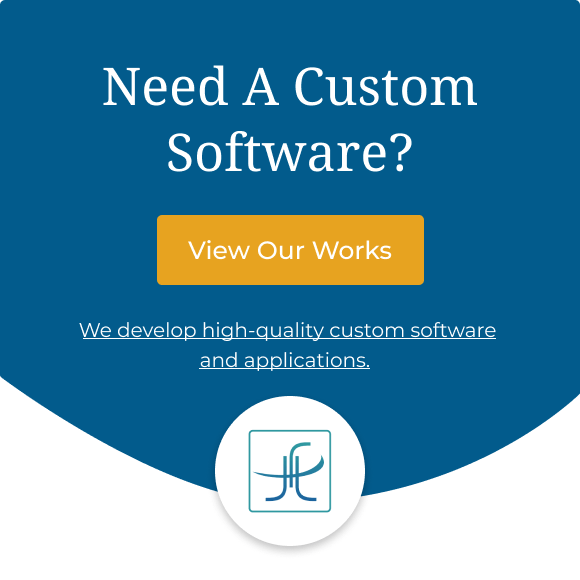Before coming to the foremost topic, we would like to ask you a few questions.
- Are you aware of the inventory you own?
- What is the total cost of your inventory?
- When should you perform preventive maintenance on your equipment?
If you cannot answer the above questions, you might need asset-tracking software.
In today’s workplace management, asset tracking software is one of the most important tools. It offers numerous innovative features that come with countless benefits that help a business grow at a rapid speed.
According to a recent study by RESEARCH AND MARKETS, the global asset tracking market will reach $36.3 billion by 2025, growing at a 15% CAGR.
Confused about the different asset tracking software available in the market?
To help you choose the right software, we have compiled a comprehensive list of must-have features to look for in asset-tracking software.
Here it goes!
Top 5 Essential Features of Asset Tracking Software
Activity Alert and Notification
Asset tracking software must have an activity alert and notification feature. It should notify you when your assets need maintenance, get expired, or have been delivered to another location. It should also keep the user informed about the different activities like check-in and check-out and should allow customization according to the user’s needs.
Real-time Tracking:
Real-time tracking is one of the essential features of asset management software. It enables the users to facilitate planning and scheduling by providing precise information about the asset, such as, where it is located, how frequently the item requires repair, and so on.
Cloud-based Technology and Easy Accessibility:
An effective asset tracking software should not be confined to desktops. It should be easily accessible on any device. Cloud-based software allows technicians to focus more on fieldwork and save time on administrative and organizational tasks. The information is available on the user’s smartphone and can be easily updated with one click.
Check-in and Check-out:
Companies with many assets, such as multi-chain hotels, offices, and so on, require check-in and check-out functions in their asset-tracking software to keep track of transactions by employees or contractors. Providing access and managing assets efficiently with its user-centric approach saves time and improves accuracy.
Data Security:
The asset data and management solutions must be protected. Using data security features enables role-based access to information which ensures that not every employee has access to secure data. Users can also utilize permission-based access control with data security. In such scenarios, the user will only be able to view the information and won’t be able to make any changes.
Popular asset tracking systems and tools
RFID and Barcode Tags:
RFID and barcodes are among the most popular asset-tracking tools. They both offer easy tracking and provide information in no time. Although, they are different in a few aspects.RFID enables the identification of assets from a distance of a few feet and provides a unique identification number for each one. It easily scans multiple tags at once, whereas the barcode tag reads information from an inch’s distance and scans one label at a time.
Near Field Communication (NFC):
NFC is amongst the most simple-to-use asset tracking tools. It can be used on both Android and iOS. This tool requires a closer distance between the asset and the smartphone and works similar to a key card, used to enter a hotel room. With the help of NFC vehicle Id, different vehicle reports, such as renewal history, accident records, maintenance schedules, meter readings, and upcoming assignments, can be easily generated.
GPS Tracking:
GPS asset tracking enables users to gather the exact timings and locations of their assets through satellite.GPS tracker is the ideal alternative for companies facing theft problems. It controls the asset well and adds value to asset management software.
Fleet Management Software:
Asset tracking software monitors assets and offers data such as driver behavior, vehicle capacity, live alerts, route optimization, and so on. Fleet management software is considered a more modern technology that helps firms keep track of every piece of information about the asset and vehicle due to its deeper insight and analytics.
Conclusion
Asset tracking software can assist you in revamping your company’s asset management strategy, saving you money while adding value to your operations and management.
Ready to make your asset-tracking game stronger than ever? Jellyfish Technologies can help you develop your software with the finest asset-tracking solution for your company.

